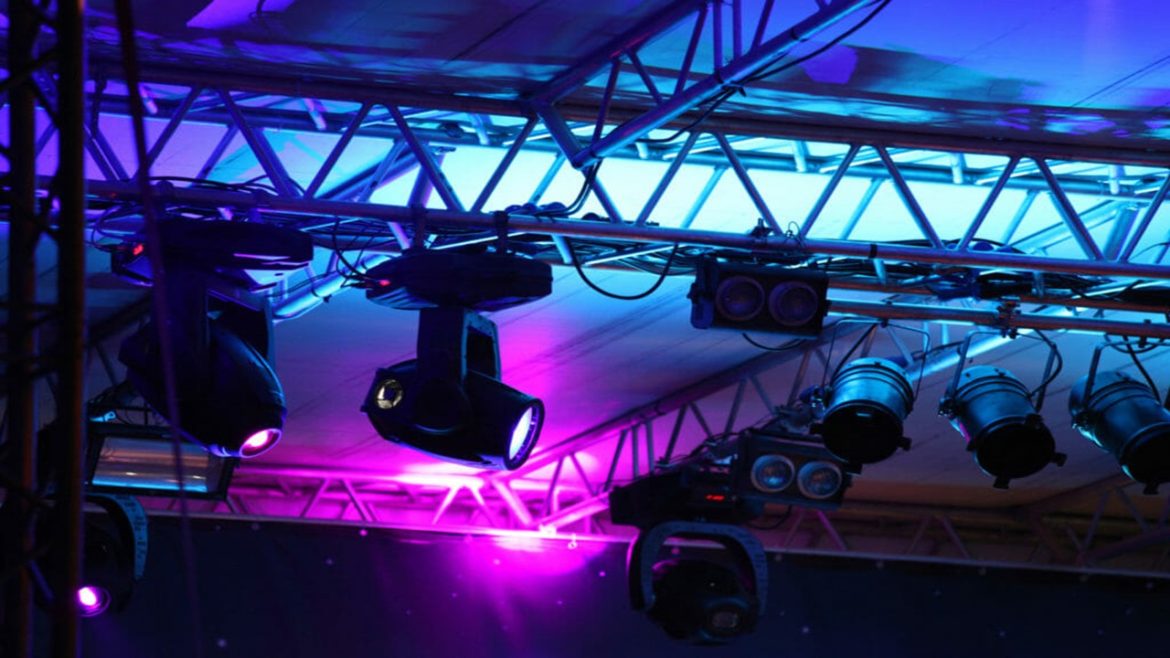Architectural lighting gives several more ornate, functional, and atmospheric qualities to both interior and exterior façade features. Among various types of light used, there is the Parabolic Aluminized Reflector light, more commonly referred to as PAR light. Known for versatility, efficiency, and focused beams of light, par can light and transform the look and feel of any building or structure. This is why PAR lights are so crucially important in architectural lighting and are a go-to choice for designers and architects.
Precision and Focused Lighting
Some defining features of PAR lights include their ability to create strong, directed lighting, ideal for creating emphasis on architectural elements and drama by focusing attention on particular design elements.
Highlighting Key Features
The capability to be able to focus light inside a building on certain features like columns, windows, or textures can make the vision in architectural lighting richer and more potent. The PAR lights can be aimed precisely so that the light falls only on the critical details that should be highlighted and do not spill onto unwanted areas. Focused lighting accents the architecture and gives depth to the overall design.
Adding Mystery and Dimensionality
The implementation of shadows in architectural lighting adds significantly to the charm, depth, and mystery of the structure. PAR lights make it possible to bring strong contrasts of light and dark areas that will intensify a building’s design and make the design itself appear more dynamic and visually interesting.
Indoor and Outdoor Applications
PAR lights can be used for various purposes, including architectural lighting indoors and outdoors. Because they can be beneficial both in indoor and outdoor settings, they are used in projects as varied as the more common applications.
Outdoor Lighting
Building façades, paths, and landscaping outdoor architectural lighting is best set hand in hand with the use of PAR lights. Since they can be able to last varied weather conditions, and made to last a long period, it is reliable for their use. It could be adjusted to highlight the structure of the building and its shape shining beautifully during the night.
Indoor Application
These lights can produce several effects in a given building. They can serve to display an art piece, accentuate a feature wall, or make use of accent lighting in a lobby using directional effects. These lights can be mounted on ceilings and walls; therefore, there is an option in terms of installation.
Energy Efficiency and Sustainability
One reason is that the emphasis on sustainability and energy efficiency in architectural design has been increasing considerably over the last few years, with the use of PAR LED lights becoming increasingly popular since they present clear advantages to traditional lighting options.
Low Energy Consumption
A negligible fraction of energy consumed by PAR LED lights in comparison to the conventional incandescent or halogen PAR lights makes them more eco-friendly and can provide enormous cost-saving for the building owners. For large architectural applications like mega-skyscraper lighting or huge commercial projects, energy-saving lighting can reduce the carbon footprint by a large percentage.
Long Lifespan
The LED options of PAR lights have a reputation for being long-lasting and of a long lifespan. Traditional bulbs are expected to be replaced often in comparison to PAR LEDs. Architectural lighting also requires that the luminaires should be installed in areas of difficult access or exposed to outdoor conditions, which makes this feature very important.
Enhancing Aesthetic Appeal and Atmosphere
Lighting forms the crucial ambiance and mood in interior space. PAR lights, owing to their ability to produce different effects, can be extremely useful for achieving an aesthetic ambiance in both public and private architectural projects.
Color Temperature Control
The color temperature of today’s PAR LED light source is also controllable, so the light can be yellow and warm or white and cool. Warm tones create a warm atmosphere that is comfortable, inviting, and energizing. A cooler tone gives a space a sleek, modern feel. This flexibility is very helpful in creating the right mood within different architectural spaces from warm hotel lobbies to crisp contemporary office buildings.
Dynamic Color Options
Some PAR LED lights change the color temperature but also provide RGB color mixing to create a dynamic color change. This is of great use in public buildings or landmarks, which may need to change their display for certain events or seasons. For example, a building might be illuminated in red and green during the holiday season or blue and white at a corporate event.
Conclusion
PAR lights are really useful in architectural lighting; they represent a perfect combination of precision, versatility, and energy efficiency. Whether emphasizing the external features of a building or creating an inviting atmosphere inside, these lights provide all the tools needed for better aesthetic appeal and functionality of architectural spaces. Added to the benefits of sustainability, flexibility, and safety, PAR lights have been an indispensable part of modern architectural lighting design.

